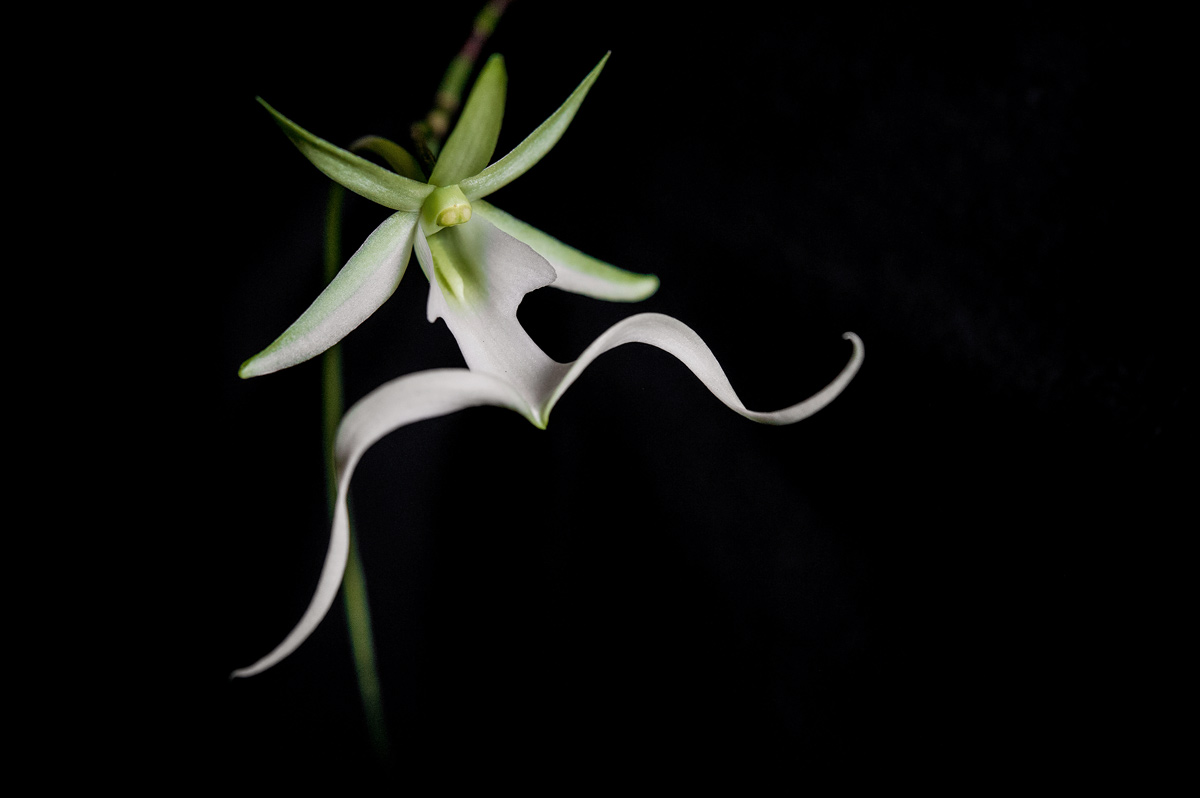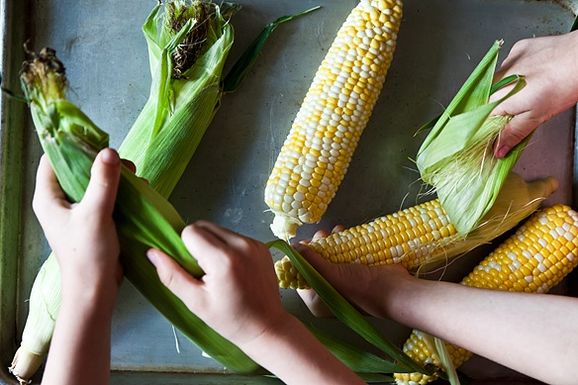The Orchid Thief by Susan Orlean
Reflection
1. What were your initial thoughts after you finished the book?
Reflection
 |
| Photo Credit to Emily. |
1. What were your initial thoughts after you finished the book?
I cannot believe she did not find the ghost
orchid! I was anticipating this throughout the whole book. Let’s just say I will never look at an orchid
the same way. I knew absolutely nothing about orchids or even plants. Nor do I
really have an interest in ever knowing anything about plants. And yet, I found
Susan Orlean’s book, The Orchid Thief, fascinating. How can that be? I think it’s
because the historical details she included were anything but boring. This was
a strange story, and all of her
details were startling but unique.
2. Did you enjoy the read? Why or why not?
This book was exciting and hard to put
down. It was amazing to learn that Florida possessed something so important and
expensive like the ghost orchid. This book had both the history of the orchids
and it went into full detail about the subculture of crazed flower lovers, like
John Loarche, here in Florida. I knew nothing about orchids when I started
reading this, it made me want to know more. Why were people obsessed? It made
me want to get my own orchid to see if I could keep it alive. It also made me secretly want to spend an
entire day with them at the botanical garden. I also loved the way Laroche
teased Susan and said she would never get through a year around orchid people
without getting hooked.
3. The Fakahatchee Strand represents various things
to different characters in the book. What is its significance to Susan? To John
Laroche? To the Seminole Indians?
To Susan, the Fakahatchee Strand meant it
was the sanctuary to the ghost orchid. A place where such rare plants seem to
live probably because of the swampy, humid, climate that Southwest Florida had
to offer. John Laroche saw potential in
the Fakahatchee Strand. These orchids were so rare that people would pay a
hefty amount of money just to see one of these orchids in person. He was so determined
to find the ghost orchid and clone it to make millions and live comfortably. The Seminole Indians saw the place as their
home land. They saw it as history and willpower to find these precious plants for
self-fulfillment than money.
4. Do you agree with Orleans' description of
Southwest Florida and its native areas? Were you surprised by the way she
viewed it? Do you feel it is important to preserve the lands she discusses?
I agree with Susan Orleans’ description of
Southwest Florida and its native areas. I was not surprised by how she viewed
it. She is right. Here in Florida you will see a pond of water go from looking
like it’s near its death and then bam! It changes and it adapts to its
surroundings and making itself a home for hundreds of living organisms—all
occurring naturally. We need to conserve as much as we can. These places have
so much rich history that needs to be conserved. I am glad that the Seminoles are
recognized and that they are just as willing to preserve the land they live on
and use the resources wisely without disrupting the environment.

